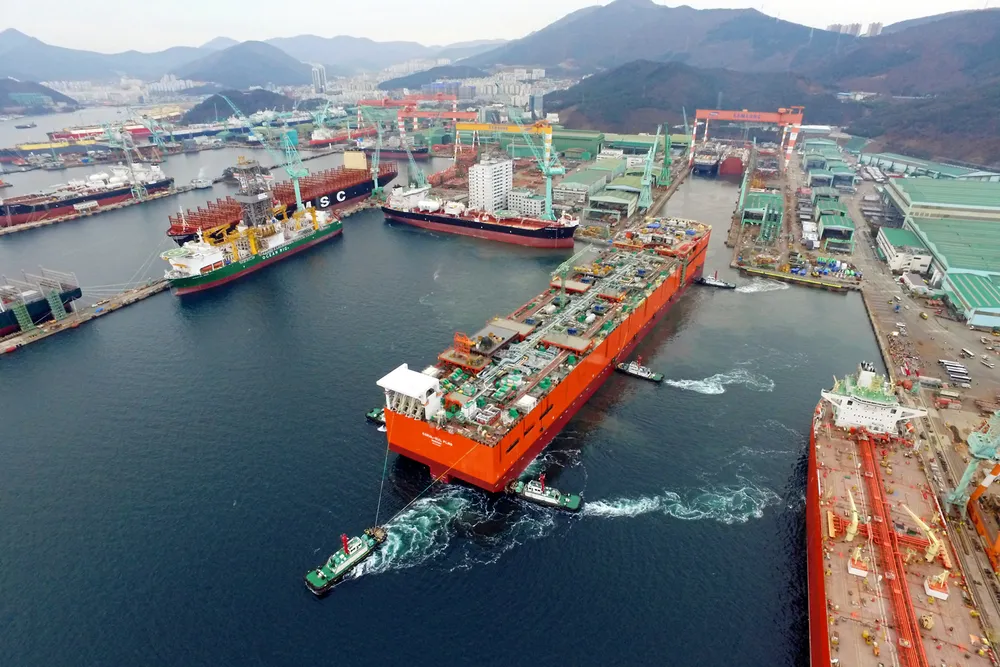Samsung enters offshore wind market
Shipbuilding heavyweight looks to utilise its capacity to build large-scale offshore plants to capitalise on opportunities in the floating wind market

Shipbuilding heavyweight looks to utilise its capacity to build large-scale offshore plants to capitalise on opportunities in the floating wind market
